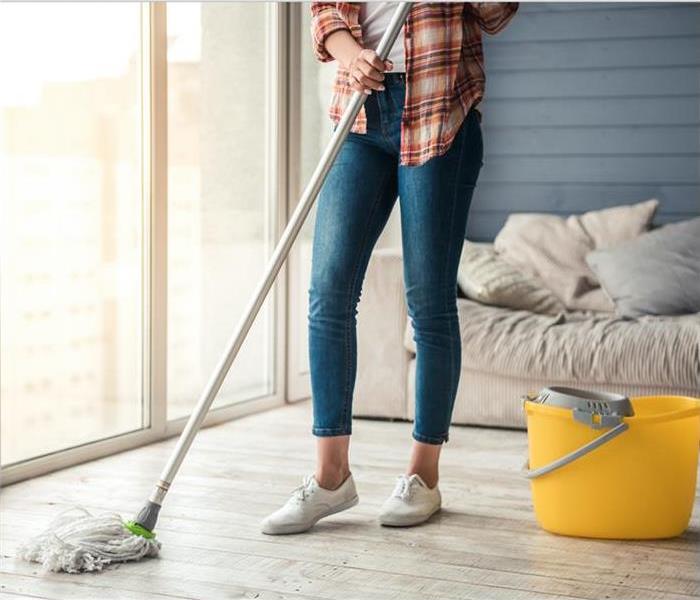What To Do When a Toilet Overflows in Your Home
11/3/2023 (Permalink)
How to React To a Toilet Overflow
Toilet overflows are a common problem that affect many homes in Oklahoma City, throughout the year and often result in sewer damage. It can be useful to know how to react to a toilet overflow before one occurs in your home.
1. Turn Off and Remove the Water
To prevent water from spreading in your bathroom and to other areas of your home, it’s often wise to turn off the toilet’s water supply. Generally, the sooner you can turn off the water supply, the less damage that will occur. Once the water has been turned off, it’s normally best to remove any standing water by using mops or towels. Quickly removing water will make it easier to fix the issue with the toilet and can help to prevent mold growth.
2. Unclog the Toilet
After you have taken steps to prevent sewer damage by turning off the water and drying the floor and area surrounding your toilet, you can shift your focus to unclogging the toilet. You can normally fix a clogged toilet with a plunger, but if your plunger isn’t fixing the problem, you may want to consider using an auger. Generally, your toilet should work normally after it has been unclogged.
3. Know When To Call In Professionals
If you are unable to unclog your toilet on your own, if your flooded toilet has caused major water damage or if your toilet commonly overflows, it may be necessary to contact a sewage company that can help to fix the issue. Additionally, it can be helpful to contact local water restoration specialists if you suspect that major damage has occurred or if there has been standing water in your home for several days.
Knowing how to react to common problems in the home, such as toilet overflows, is useful for every homeowner. Turning off and removing water, unclogging the toilet if you are able and calling professionals when necessary can help you manage the issue and prevent sewer damage.



 24/7 Emergency Service
24/7 Emergency Service
